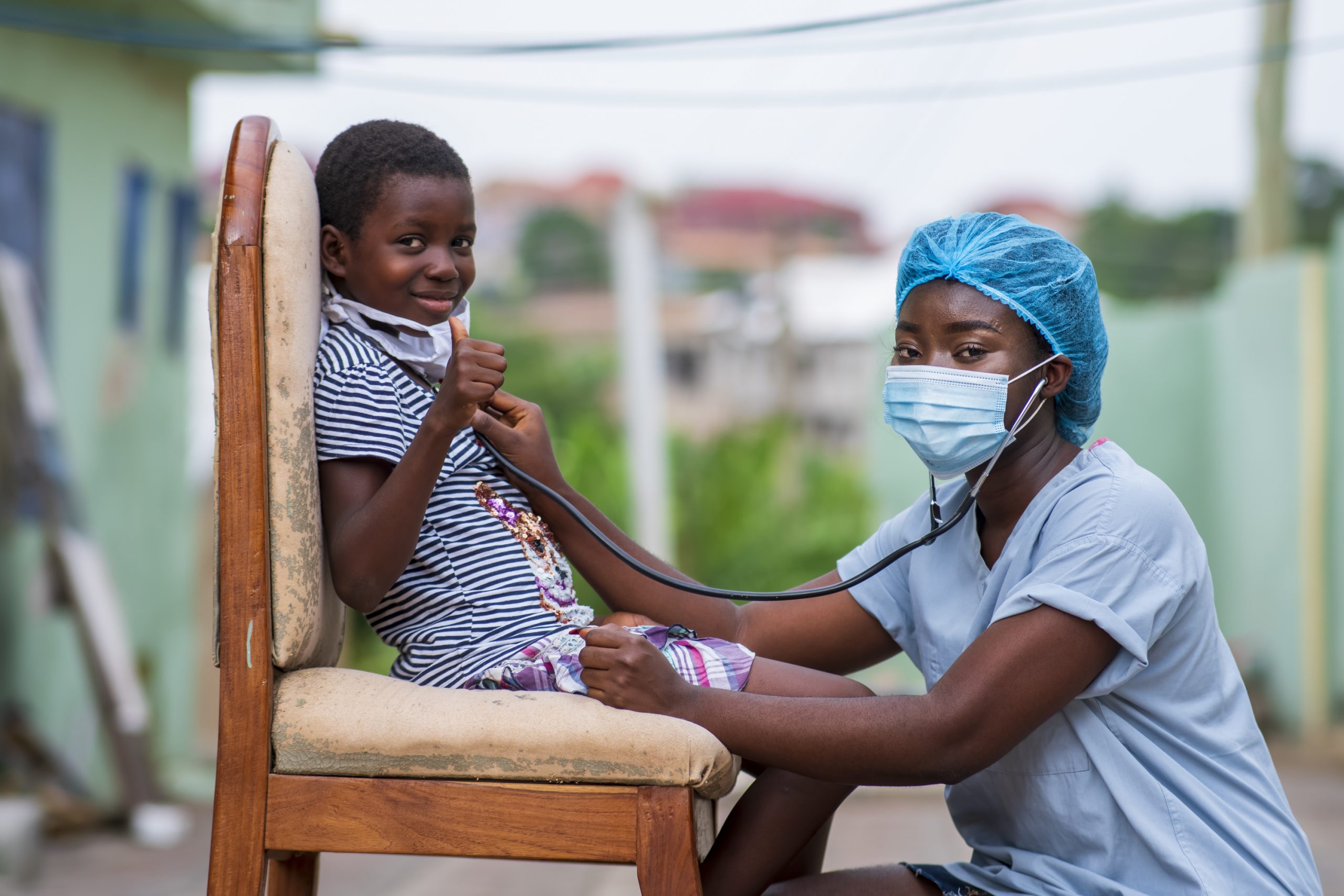

Child Malaria has created havoc across many countries, especially in sub-Saharan regions. Malaria, a life-threatening disease caused by parasites transmitted through mosquito bites, saw 247 million cases in 2021 per the recent World malaria report, up from 2020’s 245 million cases.
Originally designed for endurance athletes in North America, handheld lactic acid testing devices are finding a new purpose in saving the malaria-stricken lives of critically ill children across sub-Saharan Africa, thanks to University of Alberta researchers.
Utilizing these portable devices, the team conducted blood tests on Ugandan children displaying symptoms of malaria and respiratory distress. The results revealed a significant correlation: children with elevated lactic acid levels were three times more likely to succumb to their illness compared to those with lower levels.
This breakthrough study, now published in Microorganisms journal, proposes a simple yet impactful application of the device: a triage tool for swift identification of the most critically ill children in need of immediate attention.
“This is a simple finger poke much like those used for diabetes,” says researcher Catherine Mitran, who has a Ph.D. in public health and is now a third-year medicine student.
“It’s marketed for high-level, non-medical-expert athletes to use during their training, but we found it also has prognostic utility,” Mitran says. “When children came in with that high level of lactate, they were at a significantly higher risk of death.”
Every two minutes, a child succumbs to malaria, with 247 million cases and 619,000 deaths reported by the WHO in 2021, predominantly affecting children. This mosquito-borne parasitic disease leads to high fever, chills, and flu-like symptoms. Unlike adults, children lack immunity, making them susceptible, and survivors may face cognitive delays and organ damage.
Lactic acid, typically low at rest, rises when oxygen decreases due to exercise, heart issues, or infection. Athletes track it to gauge aerobic-anaerobic thresholds, sensed as muscle pain and weakness during exertion, signaling the need to pause.
“You hit this point either in exercise or in illness where your cells are deprived of oxygen so they alter their metabolism, which produces lactic acid,” explains Mitran.
Lactic acid accumulation holds significant implications for child malaria situations. Malaria-causing parasites trigger lactic acid production, resulting in elevated blood levels in patients with higher parasitic loads. Furthermore, these parasites induce vessel blockages, hindering oxygen transport; oxygen-deprived tissues generate more lactate. Compromised kidney and liver function impairs efficient lactate clearance.
Respiratory distress, a grave malaria manifestation, includes cerebral malaria and severe anemia. Accurate clinical diagnosis proves challenging, underscoring the potential of this tool, as differentiating cases becomes feasible through lactic acid analysis, as stated by Mitran.
“You can imagine having a three-year-old child come in: they’re crying, they’re upset. You’re trying to determine if they’re having respiratory distress and how is this respiratory distress worse than the kid next to them who’s also crying and upset,” she says. “It can be really tricky to figure out which child really needs immediate intervention versus a child that is potentially not as severely ill.”
Analyzing outcomes, Mitran reviewed findings from three investigations led by pediatric professor Michael Hawkes, a distinguished researcher of Stollery Science Lab. These studies encompassed 1,324 Ugandan children under 5 years admitted for malaria-induced respiratory distress across 21 diverse health centers; of these, 84 succumbed.
The subsequent phase involves tracking children flagged for elevated lactic acid gauging whether their prognoses can be ameliorated, as Mitran elaborates, advancing the study’s trajectory.
“If we can differentiate between these kids who are really high risk based on their high lactate level, can we then intervene in a way that can prevent death or serious disease?”
more recommended stories
 Safer Allogeneic Stem Cell Transplants with Treg Therapy
Safer Allogeneic Stem Cell Transplants with Treg TherapyA new preclinical study from the.
 AI in Emergency Medicine and Clinician Decision Accuracy
AI in Emergency Medicine and Clinician Decision AccuracyEmergency teams rely on rapid, accurate.
 Innovative AI Boosts Epilepsy Seizure Prediction by 44%
Innovative AI Boosts Epilepsy Seizure Prediction by 44%Transforming Seizure Prediction in Epilepsy Seizure.
 Hypnosis Boosts NIV Tolerance in Respiratory Failure
Hypnosis Boosts NIV Tolerance in Respiratory FailureA New Approach: Hypnosis Improves NIV.
 Bee-Sting Microneedle Patch for Painless Drug Delivery
Bee-Sting Microneedle Patch for Painless Drug DeliveryMicroneedle Patch: A Pain-Free Alternative for.
 AI Reshapes Anticoagulation in Atrial Fibrillation Care
AI Reshapes Anticoagulation in Atrial Fibrillation CareUnderstanding the Challenge of Atrial Fibrillation.
 Hemoglobin as Brain Antioxidant in Neurodegenerative Disease
Hemoglobin as Brain Antioxidant in Neurodegenerative DiseaseUncovering the Brain’s Own Defense Against.
 Global Data Resource for Progressive MS Research (Multiple Sclerosis)
Global Data Resource for Progressive MS Research (Multiple Sclerosis)The International Progressive MS Alliance has.
 AI Diabetes Risk Detection: Early T2D Prediction
AI Diabetes Risk Detection: Early T2D PredictionA new frontier in early diabetes.
 Cancer Cells Learn to Self-Report: A New Frontier in Immunotherapy
Cancer Cells Learn to Self-Report: A New Frontier in ImmunotherapyHow a Drug Complex Enables Immune.

Leave a Comment